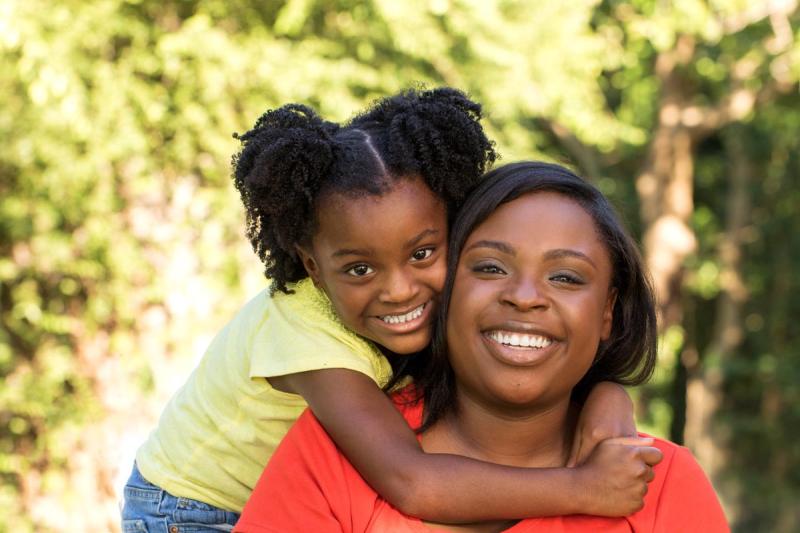Title
Minnesota Family Investment Program (MFIP)
Intro
The Minnesota Family Investment Program (MFIP) helps families with children meet their basic needs, while helping caregivers move to financial stability through work. Caregivers are expected to work and are supported with both cash and food assistance.
When families first apply for cash assistance, they usually start in the Diversionary Work Program (DWP) before enrolling in MFIP.
Services/Topics
Eligibility
Eligibility
Caregivers must meet an income test, have less than $10,000 in assets (minus deductions) and provide verifications.
Benefits
Benefits
Caregivers may be eligible for cash, food, child care assistance and employment services.
Resources
Featured Image

More Information



